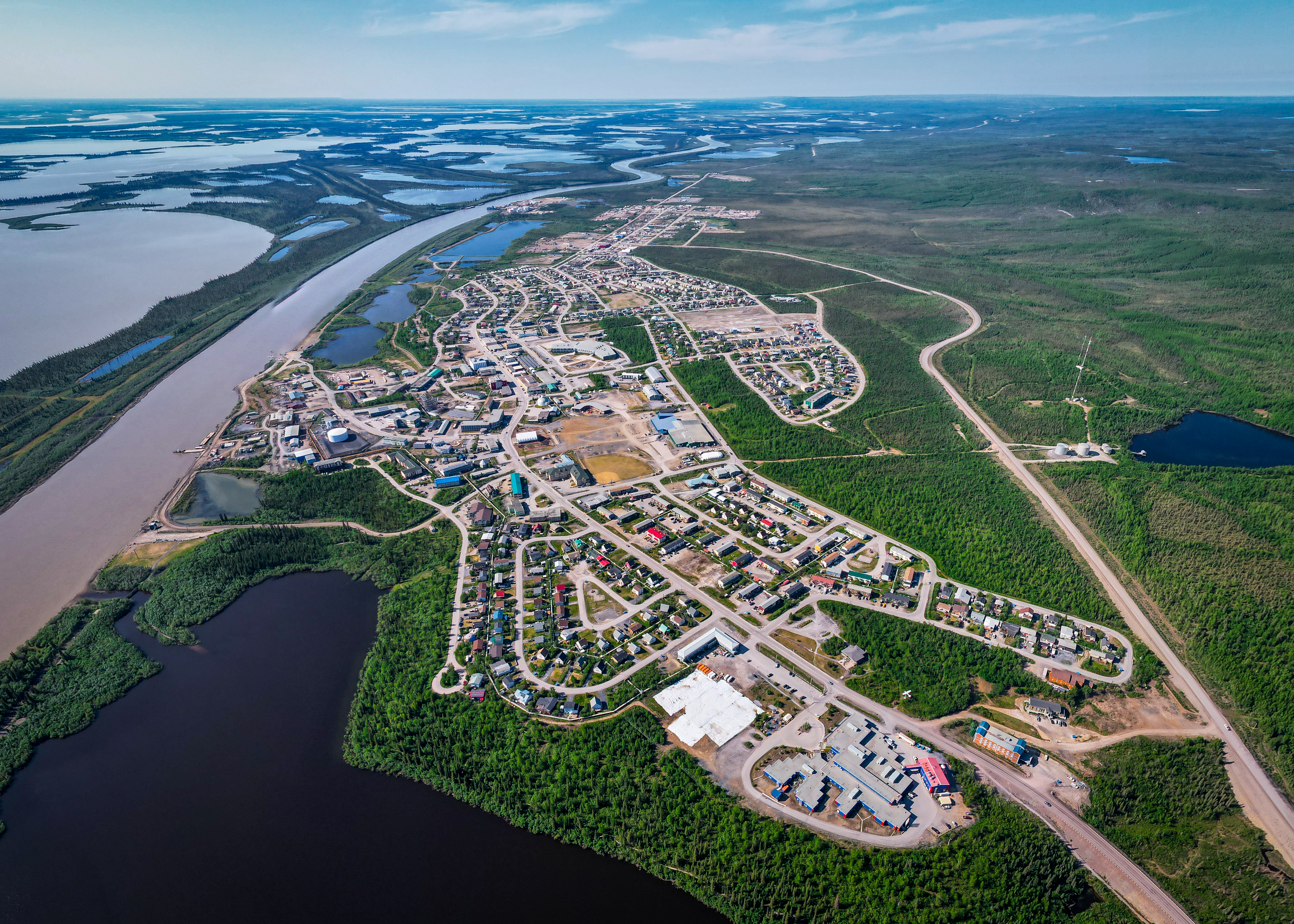Not sure this statement is true if "more closely related" is understood as shorter combined time between the two species from their most recent common ancestor. Hummingbirds and brachiosaurs had a more recent common ancestor than brachiosaurs and triceratopses (albeit probably still quite close to the dawn of dinosaurs in the Late Triassic ), but the latter pair lived closer in time to the common ancestor of all dinosaurs (while hummingbirds are from the Oligocene).
observantTrapezium
Yeah, Paikin is a great interviewer!
I saw it a couple of days ago and thought of posting it but that nobody at a Star Trek community would be too interested in a TVO interview, and nobody in the Ontario community would be overly interested in a Robert Picardo interview. Glad there's an overlap!
While 50 is north enough and the absolute majority of Canadians live south of it, "Northern Canada" generally refers to the three territories (as opposed to the ten provinces), that start at 60 (mostly, there are some islands south of that).
Could it be High Park in Toronto? I was just there yesterday and saw a Great Egret much like this one (also a Green Heron and a couple of beavers).
As it should be... Navigators could determine latitudes pretty accurately by using astronomy. It was the longitude that was a big problem (maybe that's part of the reason Japan is placed in the middle of the Pacific).
I'm pretty sure I'm in my fourth pair now.
That may be relativists (they would actually measure anything in units of mass, with everything else defined through G = c = 1). Astrophysicists commonly measure mass in solar masses, long distances in parsec (or kiloparsec, megaparsec), short distances in solar radii or AU, and time in whatever is relevant to their problem (could be seconds or gigayears)
Well, peanuts are legumes, so beans basically.

Gothmog was possibly not an orc 😜